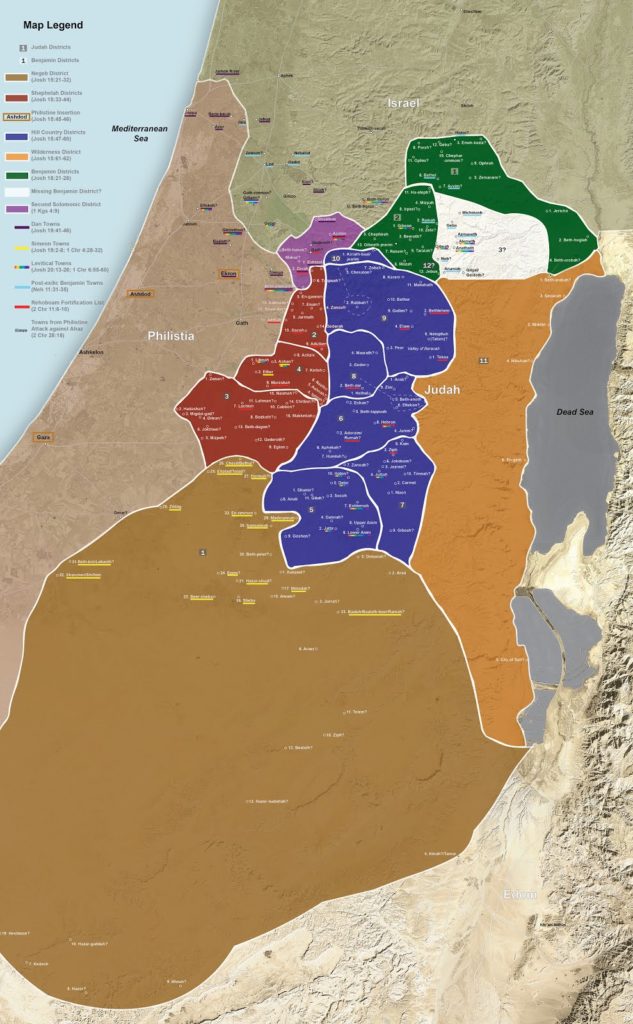[UPDATE: The sale appears to be over. There are some new copies selling at 50% off in the Marketplace.]
I’m not sure why, and I’m not sure how long it will last, but at the moment Amazon is selling Chris McKinny’s new book for 90% off ($83.95 marked down to $8.61). My People as Your People: A Textual and Archaeological Analysis of the Reign of Jehoshaphat came out a few months ago and it’s a beautiful synthesis of historical and archaeological research on a particularly important era in Judah. Here are the chapter titles:
- Chapter One: Introduction
- Chapter Two: Israel of the Omrides
- Chapter Three: The Battle of Ramoth-gilead in 1 Kings 22:1-36, 2 Chronicles 18, and Historical Implications from the Tel Dan Stele
- Chapter Four: Jehoshaphat’s Reign According to 1 Kings 22:41-50
- Chapter Five: An Archaeological Survey of Judah in the Late Iron IIA Using Archaeology as a Source for Reconstructing History
- Chapter Six: Conclusion
The hardcover book is 159 pages plus an extensive bibliography. It is published by Peter Lang in their American University Studies series.
Readers of this blog know Chris McKinny from his many contributions here, including:
- Last week’s amazing Interactive Map of the Allotments of the Southern Tribes
- His Secret Places series
- His awesome Regnal Chronology of the Kings of Judah and Israel: An Illustrated Guide
- And much more…
So I thought you’d want to know about this steal while it’s available.
